Free Tropical Runtz seeds on orders over $150!
Deep water culture is a recently discovered growing technique for significant yields employing a soilless growth medium for individuals wanting to break the habit of cultivating organic cannabis. This article covers all you need to know about DWC cannabis, such as how it works, its benefits, and how to set up and manage a system.
To operate a DWC system you need a 4-5 gallon or 15-20 liter bucket, an inert growth medium, and a nutrient solution. The roots of the plant are always immersed in the nutritional solution. The perfect growth environment for roots is created by dissolved oxygen provided by an electric air pump and air stone. Because you can adjust the fertilizer concentration over time, cannabis plants will develop considerably faster during the vegetative stage and generate high yields after flowering using a cannabis DWC growing system. Depending on the strain, a plant blooming in DWC might grow 75-150 cm tall.
To build a simple, adaptable deep water culture cannabis DIY system, you need the following tools:
The air pump that enriches the water with oxygen that the roots absorb. If there is not enough oxygen in the DWC nutrient solution, the cannabis plant will die. Hence, this tool must always be working and should never be turned off for long. You can buy them online at any aquarium store. Also, you are recommended to have at least one high-performance and reliable air pump for each bucket. Some have up to eight outputs, but that air should never be shared amongst buckets. This is because the cannabis DWC water level varies for everyone, and the pressures are variable. If high water pressure in one bucket is shared, it might drastically lower the amount of air given to another.
You can simply have a reservoir with a bucket with stones at the base, water that is rich in nutrients, and cannabis roots that are floating in your solution. One of the main advantages of a DWC arrangement is the flexibility to customize the system for optimal yield by enabling your weed plants to have the same reservoir (depending on the bucket size). Buckets come in various sizes, ranging between 3-20 gallons. Experts recommend using a 5-gallon bucket for one DWC plant. This is because anything less won’t allow enough area for the roots. Furthermore, select a dark bucket since light exposure to the cannabis deep water culture solution fosters the growth of algae, which can impair the root’s health to absorb nutrients, making it difficult to clean the bucket.
It distributes air throughout your DWC nutrient solution. There are several air pump variations with diameters ranging from 2 to 12 inches in the shapes of discs and cylinders. You can even use many air-diffusing stones in the reservoir to quicken the aeration’s pace.
There are several affordable growing mediums, such as expanding clay, coco coir, and Rockwool. Your decision about your deep water culture weed setup should be based on your preferences, appropriateness, and how easily accessible it is.
An airline is just tubing that links your cannabis DWC’s air pump to the air stone. Ensure the tubing is sufficiently flexible as it drops into the air stone from the bucket’s top.
Net pots are simply cups with holes punched through them to create a net that aids in the root system’s dispersal. This tool is occasionally available as bucket lids designed to fit a 5-gallon bucket. Net pots come in different sizes (6, 8, and 10 inches). Most producers usually use 6 and 8-inch net pots since they provide a stronger anchor for the cannabis plant as its roots spread.
You need proper minerals and temperature in your DWC nutrient solution to prevent root damage. Check that the pH and ppm are appropriate for your cultivating plant.
Remember to always replace the nutritional solution and, if required, wipe out the entire unit.
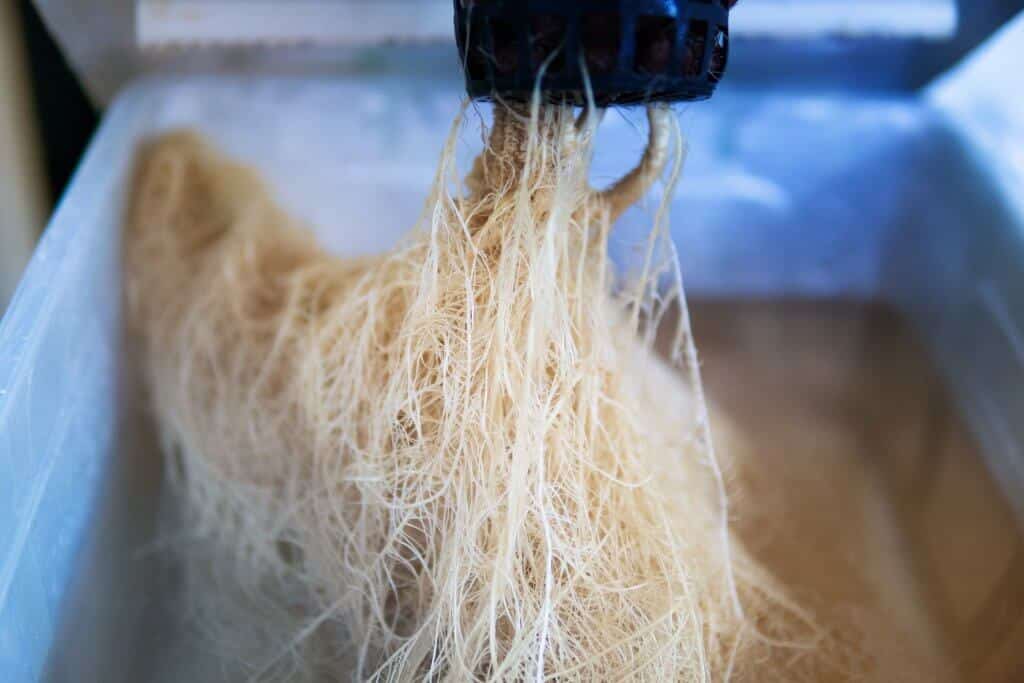
Here are the key steps of creating a top-notch deep water culture growing system:
Above the root zone, the plant develops normally but with increased speed and yield due to the improved circumstances in the root zone. The nutrient bath must be replaced regularly, especially as the plants grow. As with other growing techniques, the nutrients gradually increase in potency as the plant grows. Many professional growers replace the nutrient bath regularly, frequently weekly. Leave your nutrient bath between veg replacements for 1-2 weeks. However, with cannabis plants in bloom, you should strive for complete weekly nutrient bath changes at least. Professional growers may change their baths even more frequently. They will check their baths once or twice daily for additional nutrients in late bloom.
You need to maintain optimum oxygen levels in the nutrient solution to enhance yields. Your plants’ roots require oxygen to operate correctly and create healthy development. You should use an air pump and an air stone or bubble wand to guarantee appropriate oxygen levels in the nutrition solution. This keeps the water moving and lets fresh oxygen reach all root zone’s parts.
When a DWC growing goes wrong, it is mainly because of a pH imbalance. The optimal pH for your DWC is about 5.8 (stay within a pH range between 5.5 and 6.5). Cannabis DWC has the benefit of using fewer fertilizers than other growth techniques. However, you should check the pH of your feeding solution frequently. To address any pH concerns, you may acquire ready-made goods like a “pH Up and pH Down” in any respectable hydroponics shop. Mostly, you will require a few drops of these pH correctors.
Water levels and quality must be monitored often to ensure the success of your DWC cannabis hydroponic system. Water level monitoring will help keep the roots from drying out or becoming excessively immersed. Additionally, you should regulate and prevent algae formation in your water to avoid any health risks to your cannabis plants.
Harvesting hydroponically grown weed plants necessitates multiple processes and precise scheduling to achieve maximum potency and yield. Wait until the buds are ripe and the white threads have turned brown before harvesting your hydroponically cultivated cannabis. This normally takes 6-12 weeks from the time of planting.
Some of the key benefits of using the cannabis deep water culture system include:
Cannabis deep water culture has the potential to boost production. To potentially increase productivity, plant roots are maintained in a nutrient-rich liquid and oxygenated with an air pump using the DWC cannabis technology. Compared to traditional soil growing methods, greater root zone oxygenation allows for quicker development and larger yields. DWC systems are also more efficient and need less care than conventional hydroponic setups, making them suitable for rookie and expert growers.
Here are several advantages of cultivating with DWC versus soil.
DWC systems may require monitoring and troubleshooting to ensure optimal plant development conditions.
Root rot is a common issue that most cannabis growers who utilize DWC systems face. When oxygen levels drop too low due to severe heat or a lack of air exchange from outside sources such as fans or air pumps, bacteria grow around the root zone, resulting in rotting roots and sick plants. To avoid root rot in hydroponic cannabis, you can:
When cultivating cannabis hydroponically, utilize high-pressure sodium lights. However, HPS lights generate a lot of heat and consume a lot of electricity. You can deal with the energy expenditures associated with utilizing HPS, but your DWC cannabis plant may not be able to manage the heated atmosphere provided by HPS light. Pros don’t advocate utilizing HPS lights unless you have a good DWC system with precise cooling. In addition, growers are advised to utilize LED lights for optimal light spectrum and decreased levels of heat stress for the greatest development.
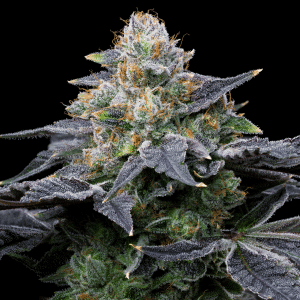
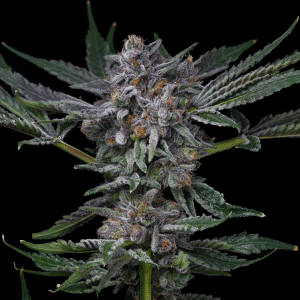
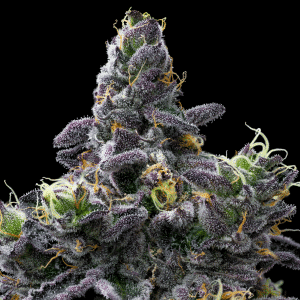
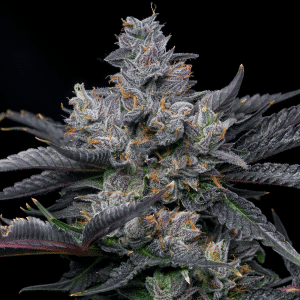
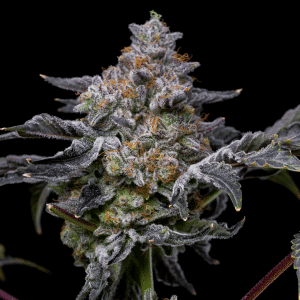
Offers
This product is not for use by or sale to persons under the age of 18. This product should be used only as directed on the label. It should not be used if you are pregnant or nursing. Consult with a physician before use if you have a serious medical condition or use prescription medications. A doctor’s advice should be sought before using any hemp products. All trademarks and copyrights are property of their respective owners and not affiliated with nor do they endorse this product. These statements have not been evaluated by the FDA. This product is not intended to diagnose, treat, cure or prevent any disease. By using this site you agree to follow the Privacy Policy and all Terms & Conditions printed on this site. All products contain less than 0.3% Cannabinoid-compliant with applicable Federal Laws. Please make yourself aware of any and all applicable laws regarding hemp in your jurisdiction. Premium Cultivars accepts no liability or responsibility regarding germination laws in any specific locale state or national jurisdictions.THCA products are not available for shipment to the following states: Hawaii, Idaho, Minnesota, Oregon, Rhode Island, Utah, Vermont *Note: Products with Total THC content above 0.3% must not be shipped to these states.
We want to help you get your hands on the seeds you want, take 20% off your next purchase when you enter your email below!
We want to help you get your hands on the seeds you want, take 20% off your next purchase when you enter your email below!